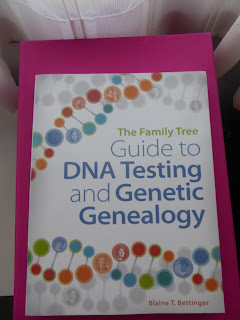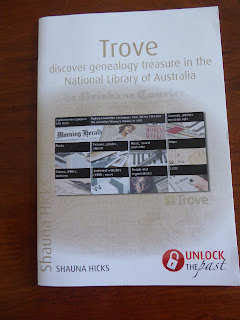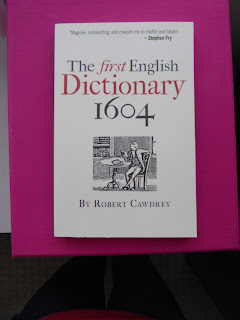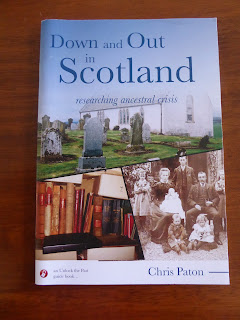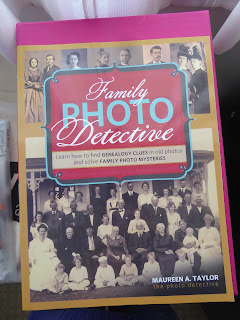Saturday 30 Z for ZIGARIUS and ZYTHEPSARIST.

No, I haven’t been playing with a Scrabble board but these would be good words to use. So was is or are a zigarius and a zythepsarist? According to the book ‘A Dictionary of Old Trades, Titles and Occupations.’ By Colin Waters, a zigarius is a gypsy and a zythepasarist is a brewer. Dictionaries, like this one, are really useful in explaining old trades etc. that we know by totally different names, today.
